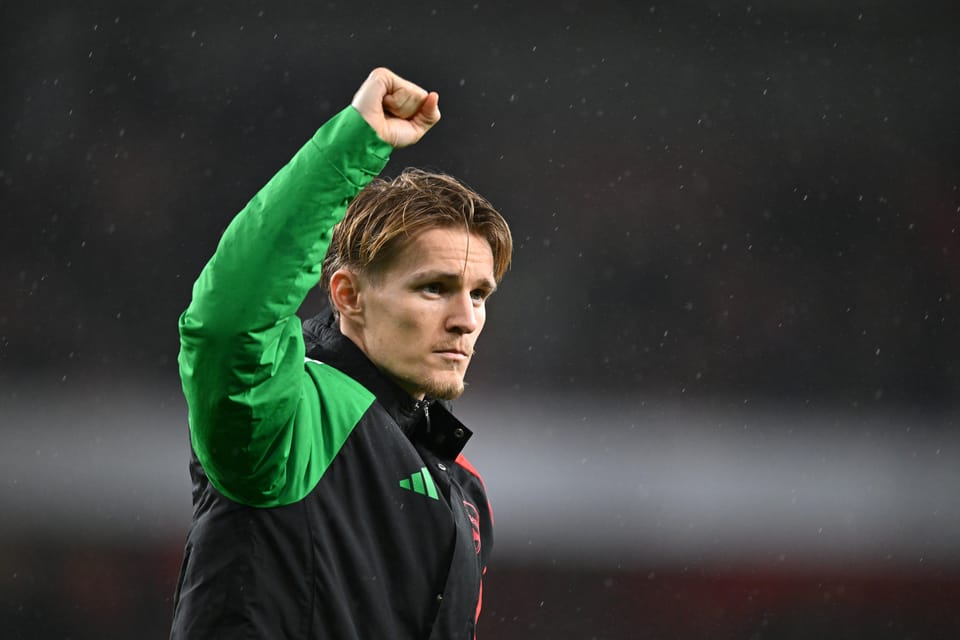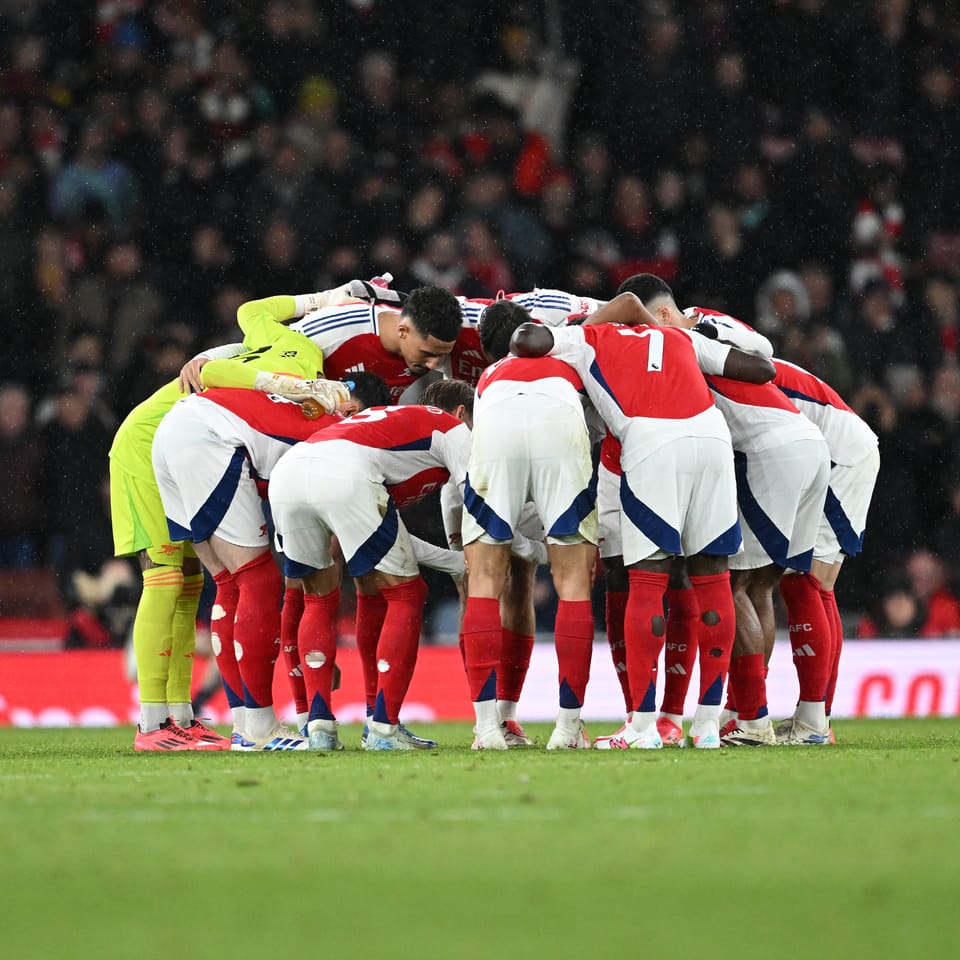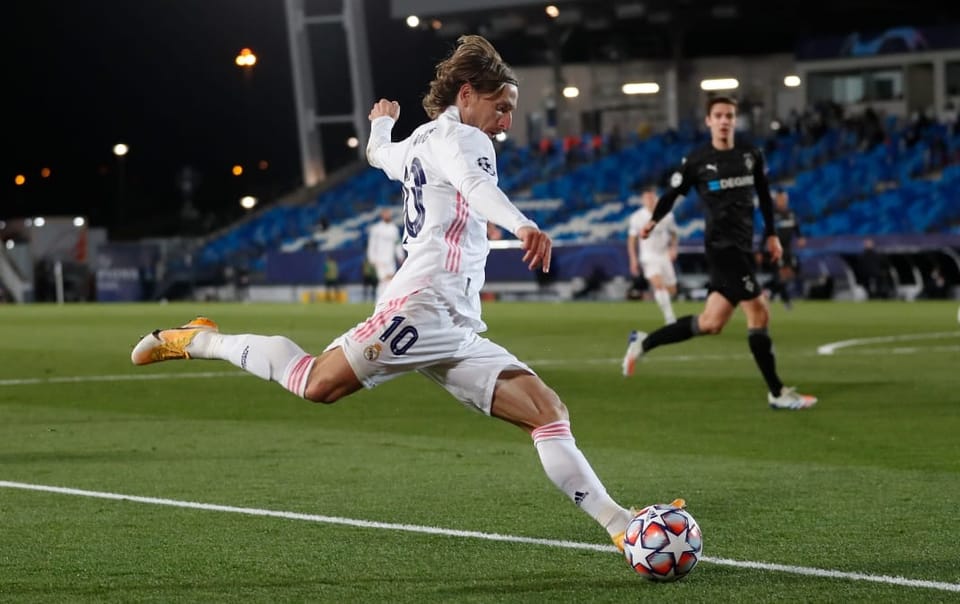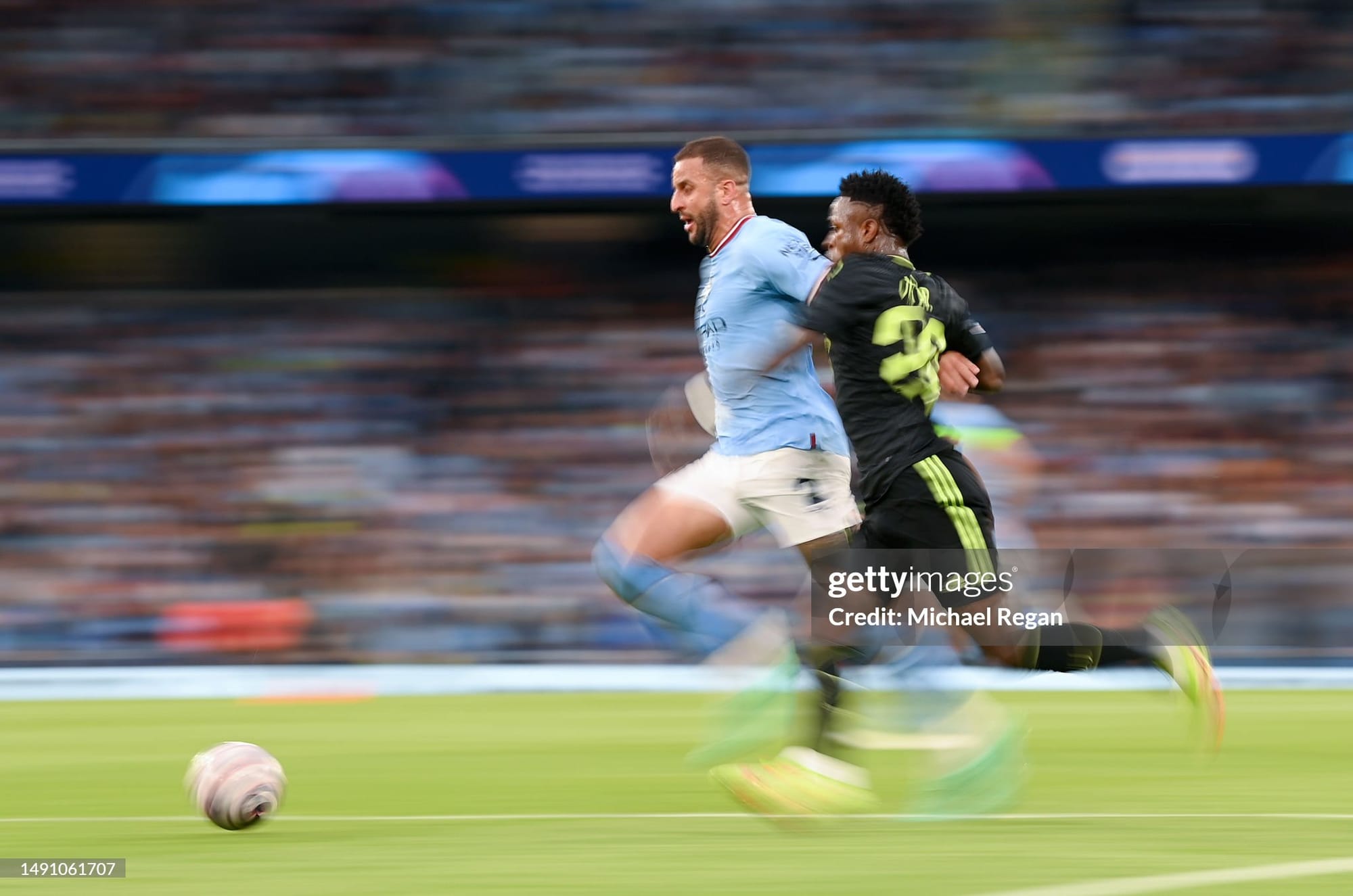Role Transition: Unpacking Iwobi’s Move to Midfield

Alexander Chuka Iwobi has been phenomenal this season. The 26-year-old Nigerian has become a key cog of Frank Lampard’s midfield, featuring in every available minute for the Toffees in the Premier League this season. He also leads Everton’s charts in key creative statistics: assists, expected assists, passes completed, passes into the final third, key passes, progressive passes, and passes into the 18-yard box. He is undoubtedly their midfield maestro.

Nevertheless, there are still elements of Iwobi’s midfield superiority that the stats do not allude to. In this piece, I will attempt to evaluate and deconstruct some of these nuances across all phases of his game and posit how they have rendered him indispensable to Frank Lampard’s Everton.
Context about his (new) role this season
Iwobi did not always feature in midfield for Everton. Since his signing in the 2019-2020 season, he was deployed predominantly down the flank and even wing-back last season.

However, because of injuries at the start of this season, Lampard shunted into midfield as a stop-gap. Iwobi started the season as the deepest midfielder in Everton’s pivot vs. Chelsea and performed admirably. When asked about his position shunt and performance that day, Lampard said this:
“It is really encouraging. I didn’t have any worries about him. The only worry I had was putting a player who is accustomed to playing as a winger in as a number six against a very offensive team like Chelsea, who can give you a lot of problems through midfield. Could he deal with that side of the game?”Frank Lampard (via Football Faithful)
Notwithstanding, Iwobi’s ease of adaptation in that deep-midfield role would have raised eyebrows for those who were not already familiar with the Nigerian’s history.
Nevertheless, Iwobi offered context, informing The Athletic that he’d ‘played deeper for Nigeria and sometimes in the Arsenal academy’ so it was not new to him. He added that he was assured about his ability in central areas, given that he had played as an “inside-No-10” during his early Arsenal days.
Dynamics change about playing in midfield
As we proceed to more tailored analyses of Iwobi’s transition, we must highlight major differences in tactical, technical, and physical demands in both positions.
While offering context to Iwobi’s transition to midfield, Lampard posited some of these distinctions: “I felt it suited his talent in terms of strength, quality of pass, he can go either way on players and I think sometimes on the wing that is restricted because you can’t go either way when you are on the (touch)line in midfield.”
Here, the Everton manager highlighted one of the most significant differences–space. While the ball can be shuttled through more angles in midfield, space is eaten up much quicker in the midfield. Players need to be sharper and more decisive to make meaningful impact.

There are also differences in the (visual) periphery and angles of (ball) reception. The angles players receive the ball are significantly different in the two positions. Midfielders generally receive the ball across a broader range of angles across all phases compared to wide players, who predominantly receive from narrower inward angles (to the pitch).
Consequently, most players who attempt making this transition may have ‘growing pains’ while they become acquainted with their new spatial situation. A small proportion of players with solid technical fundamentals may escape this.
Here is an example of how the issues might manifest–case study with Manchester United captain Harry Maguire, who moved from left to right back.
Short video on a situation that's been occurring with Maguire at RCB.
— Joel A. A. (@joeladejola) September 9, 2022
I tweeted about it yesterday so decided to put this up for more context. pic.twitter.com/Z5pu9uIr2E
CONTEXT ABOUT EVERTON’S SET UP
In the first four games of the season, while most of their midfielders were still unavailable, Everton set up in a 5-2-3 out of possession–with Iwobi predominantly holding the fort and setting plays as the deepest midfielder in the pivot. Lampard employed a rigid defensive block with players prioritising defending their zones and not a team-concerted effort to press.

Then once most of the players returned from injury, Everton shifted to a 4-3-3/4-5-1 out of possession and Iwobi was deployed from LCM. Across both set-ups, the team prioritised building attacks quickly, typically through Iwobi–who has shown a proclivity and aptitude in controlling the tempo of his team’s in-possession dealings.
In possession
Iwobi’s high cognitive speed, superb endurance, and acceleration make him appear on a different wavelength from the other players on the field.
What does that mean? I will deconstruct this as we move through this segment, but let’s first observe this clip (sped up by 1.5) from the 63rd minute of Everton’s game against Leeds–from a few weeks ago.

63rd minute. Iwobi shuttles deep into the left-hand side of his half to begin the possession sequence and, after driving play to the middle third, offers an overlap option for his teammate down the right flank. He covers about 70 meters in ten seconds, instantly gaining territory for his team and displaying an exquisite mesh of technical excellence, awareness, and physical prowess.
Iwobi gave the Athletic some context about his remarkable endurance, “I didn’t like it as a kid, but I was really good at cross-country. I was normally the best at anything over 400m in school. But I’ll do anything for my team.”
Scanning and Awareness
Nevertheless, the 26-year-old does not only thrive in fast-paced or lung-bursting runs like the one above. When play is settled, during build-up or in the final third, he has immaculate awareness to project his moves and the technical ability and guile to execute consistently.
In the first minute of the season, Iwobi finds himself in acres of space down the middle and notices Mykolenko (LB) behind him.

Before the ball arrives at his feet, he takes three more glances across his shoulder, then takes an open touch across his body. Iwobi delays luring Mount out of line, allowing him to thread the ball into space for Mykolenko.

The move is seemingly straightforward because Iwobi had begun forecasting the play before he got the ball. If Iwobi had taken that initial touch with his right foot (his dominant one), he would have killed the angle for the pass out wide. Those tiny details in ball reception spread throughout the game and make his actions appear unhurried and easy–a sign of a skilled controller.
Here’s a tweet that encapsulates the element I just described.
The players who look most in control of certain situations on the pitch are the ones that know where to position the ball relative to their body for efficient usage – either to shield it, set up their next action, or both. pic.twitter.com/w15Tv92dgq
— Pressing Trapo (@EarlTrapo) October 7, 2022
Now that you know what to look out for, you need not watch more than thirty minutes of him playing to observe these elements.
Creating space to receive
Iwobi’s speed of thought is also evident in the build-up. He is particularly adept at losing his markers to offer himself for the ball. Here’s an instance of him beating his marker with some guileful movement.
Here, he makes a double movement behind his marker, Kante, and escapes through his blindside.

Kante is no slouch and is one of the most proactive players in football; however, this feint from Iwobi sold him short and exposed his blindside.

This is a common theme in Iwobi’s game from deep: feints to lure opponents and open up angles to receive and pass. He always wants the ball and has various tools to create the space.
Here is a clip of him opting not to play the direct pass to Gary–instead using a feint to kill the presser’s momentum and affording the recipient more time to receive.

Iwobi’s decisions (pass weight, body orientation to receive et al.) on/off the ball are optimised to help his teammates. When offered more possessions, as he has been in midfield, he can create marginal advantages for his teammates, thus making the team better.
Notably, there are more variables and spatial elements to contend with in midfield. Iwobi’s proactive and nuanced understanding of space makes him appear ‘on a different wavelength from the other players on the pitch. One of my Twitter mutuals who follows Everton, @xHaustedOfStats, also noted similar facets:
“Pretty obvious, but he is an excellent scanner–on and out of possession. He is predicting the game all the time. He’ll start tracking back before his team mates, none of the passes will be ‘into the feet’ but into the players’ direction. You’d notice that his passes are very easy to receive.”
Out of possession
Iwobi’s in-possession game is impressive, but so is the out-of-possession work.
“Before (the season opener against) Chelsea, Frank spoke to me and Doucs (Abdoulaye Doucoure), saying he knew we both liked and had the engine to get forward, but to make sure we’re covered at the back. He showed me clips of the Dynamo Kyiv game in pre-season, explaining that we needed to be disciplined.” Iwobi to The Athletic.
These comments are important because defending in central areas significantly differs from defending in wider areas. Nevertheless, the early signs are great for Iwobi. He has been a very efficient presser–particularly when defending the half-spaces. He is currently in the 96th percentile in the league for successful pressure percentage (with 42.1%).
One reason is that he trusts his timing and acceleration enough to bait and close down passes into his zones.
Let’s review a couple of examples.
Example I
With an upright and flat stance, Iwobi poses as inactive/unaware and lures the pass into the player adjacent to him.

He is aware of his proximity to the player (from a scan at the start of the clip and peripheral vision). So he fixes his gaze on the passer and waits for their passing mechanism to begin before bursting to intercept the ball. Iwobi processes and executes from these details in the tiniest fractions of a second. It’s not a one-off thing, either.
Example II
As the ball is in motion to Trent, Iwobi cursorily looks at the player (Elliot) adjacent to him. Once Liverpool’s right-back takes his first touch away from his feet, Iwobi scans again. He also catches Elliot showing for the ball with his hand.

Again, once the passer sets into their passing motion, the Nigerian goes on his heels and cuts out the space–forcing Elliot back.
These two examples depict a cognitively sharp player: the scans, awareness, timing, and burst are all executed in split seconds. Iwobi is thoroughly refined and adept at this craft.
This trait, which is incredibly valuable in protecting the half-spaces, is one Iwobi had probably possessed over the years. However, being situated wide meant he could not harness it until now.
Conclusion
It is important to note that this transition is no easy feat. When I began drafting this piece three weeks ago, I asked folks on Twitter to suggest players who had made successful transitions from the flanks to midfield. Unsurprisingly, most of the players suggested were world-beaters at some point: Iniesta, Schweinsteiger, Pedri, Griezmann, Giggs, and Scholes (feel free to add to/modify this list in the comment section)
Crucially, beyond their technical dominance, each one was renowned for their cognitive abilities and appreciation of space–facets that Iwobi demonstrates to a high degree.
In football, the mainstream perception of players’ abilities is very volatile. But in reality, performances are significantly altered by the environment in which the footballer is situated. Now that Alex Iwobi is featuring in midfield, many of his less valuable traits in wider areas have now appreciated in central regions.
Generally, when suggesting role alterations, it is crucial to consider which of the player’s fundamental traits will appreciate or depreciate in their new positions.
His excellence in midfield will add salt to the wounds of Nigerian fans across the globe. The Super Eagles longed for a dominating figure in midfield while the answers sat under their noses.
I wonder how many other Nigerian talents are waiting to be unearthed.
What Next?
If you enjoyed this, consider subscribing to BallerzBantz, following us on Twitter, and sharing this with someone.
Join us to stay ahead and contribute to this burgeoning community.
Who is the Writer?
Joel A. Adejola is an undergraduate at the University of Kansas (KU), studying Engineering and Philosophy.



